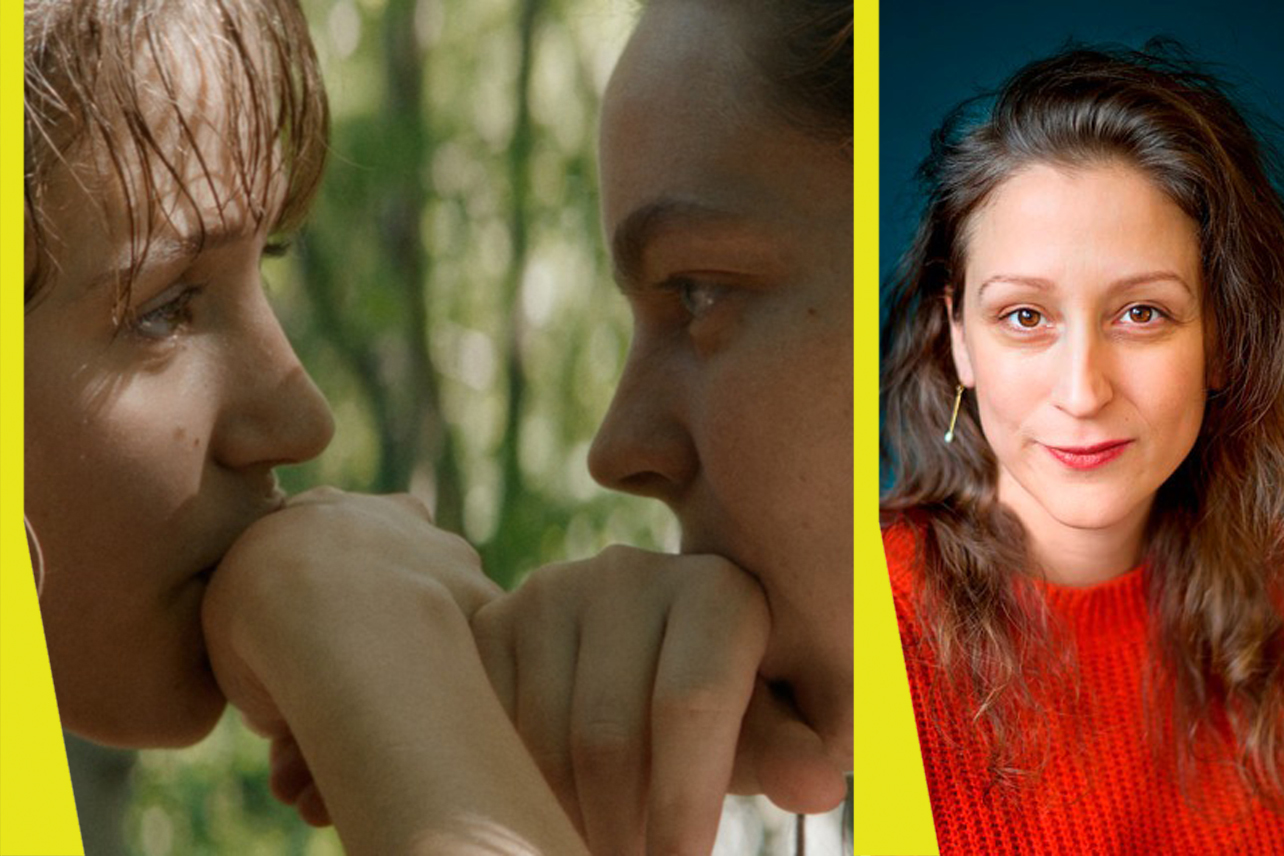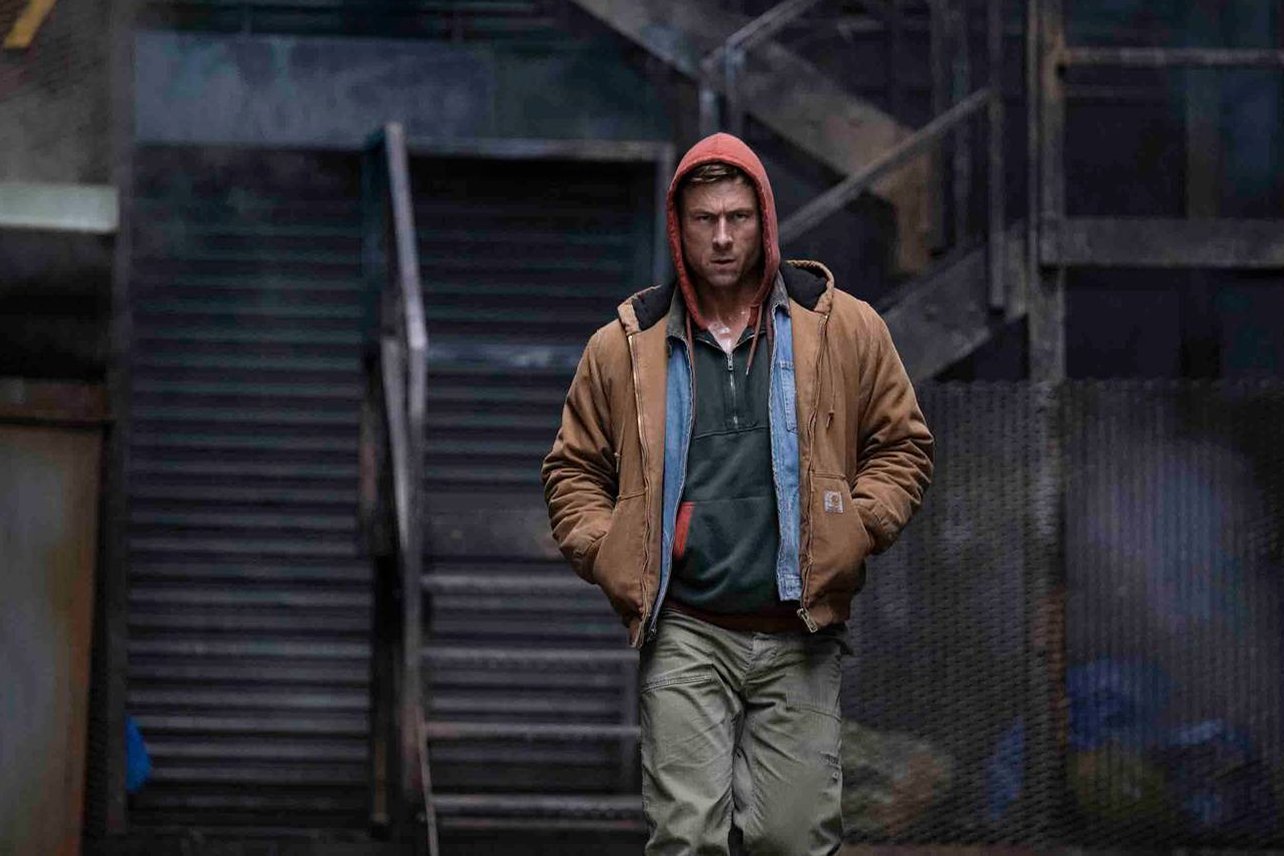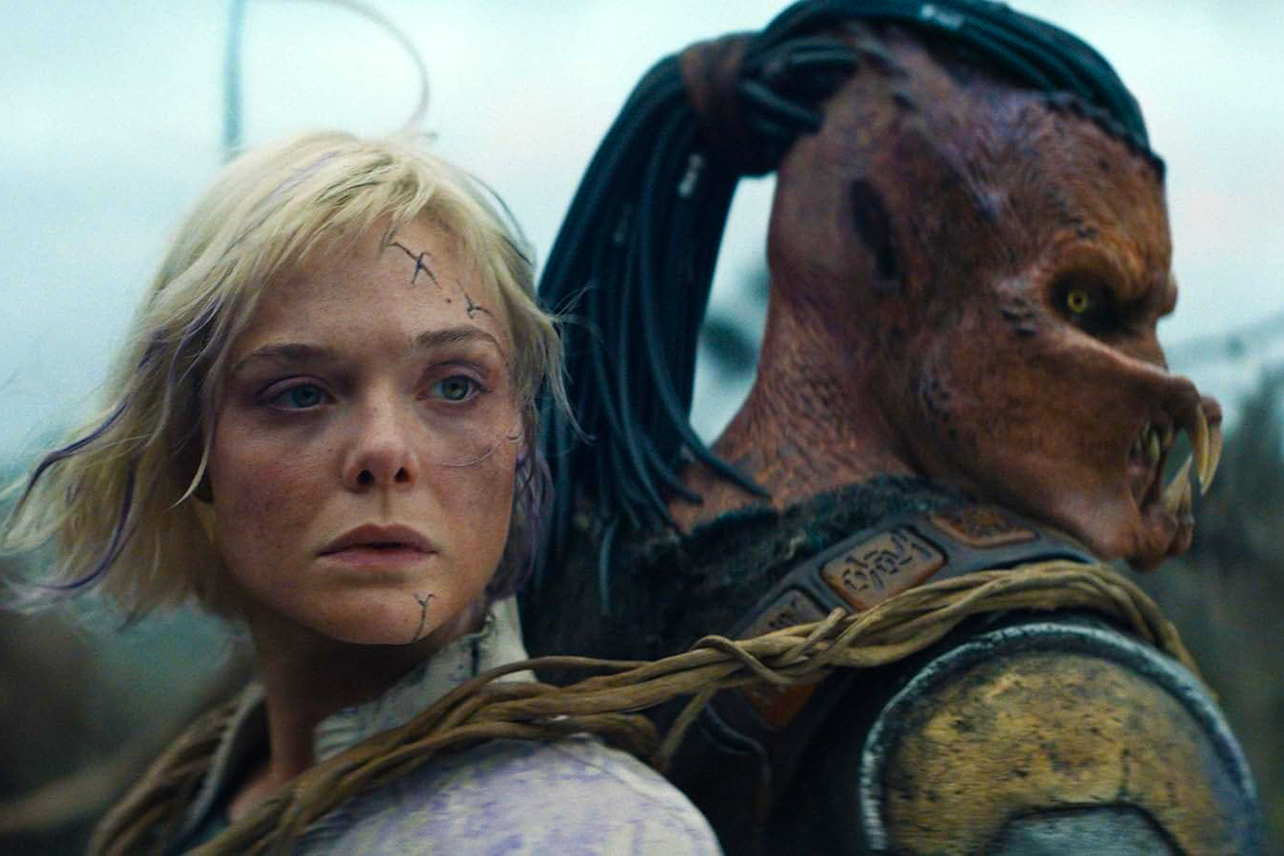There are few feature film debuts that show as much promise as that of Urška Djukić's Little Trouble Girls. The Slovenian debutant premiered their ravishingly captured, sensual, and astonishingly confident film at Berlin International Film Festival in February of 2025. But it was at another European festival where Djukić began Little Trouble Girls. In 2019, Djukić participated in the Cinéfondation Residency at Cannes, which is where she developed the gorgeous Little Trouble Girls.
Djukić's stunning film follows 16-year-old catholic choir girl Lucia (Jara Sofija Ostan) as she assimilates into a new school and begins making new friends — one of which, Ana-Maria (Mina Švajger), she soon develops a crush on. Having grown up in Catholicism, and in a repressed society, Lucia keeps her burgeoning bisexuality to herself until it erupts like a flower blooming towards the sun.
At the Edinburgh International Film Festival, critic Connor Lightbody sat down with Urška Djukić to chat Little Trouble Girls, the Sonic Youth song that gave the film its title, bisexuality, and how their own experience of sexual repression is a constant in their work.
Connor Lightbody: First, I'd love to know how it feels to have one of the best films of the year.
Urška Djukić: Wow, really?
I saw and reviewed it in Berlin. It was one of the first films I saw there and nothing really topped it. Everyone I have spoken to says something similar.
Oh, thank you so much. That is very touching, you're making me cry. It's so nice to hear that people are touched by it. When you work on something for six years and you give all that you have, your soul, your blood, sweat, and tears and everything, it's lovely to know that people are really getting something from it, you know?
So six years from the start to now — how did Little Trouble Girls first take shape?
It was a visit to a concert, a Catholic choir of girls around 16, 17 years of age. They were wearing these beautiful white dresses, and they were singing an amazing Slovenian folk song and there was such power in these voices. And in the first row, there were these three priests sitting watching this, completely mesmerized by this performance. It was so beautiful, and at the same time, it made me feel so weird that these patriarchal men are listening to the voices of girls, as when I was growing up, my voice was always very repressed. So for me, that was a very beautiful moment. It touched me deeply so I wanted to explore it and let the audience also feel this.
You said there about how you personally felt repressed. How much of this film comes from your lived experiences?
It's not autobiographical or anything. I didn't sing in a Catholic choir, but I took from my own personal experience of growing up. One of them was definitely these mechanisms of guilt and shame, where you feel that you're doing something wrong. Then society tells you that you're not good enough and so I wanted to explore this through voice. I think women's voices are always repressed. Even today, many women struggle with expressing. So, yes, it definitely comes from my own experience. I think all of the films that I do are connected to repression now that I look back.
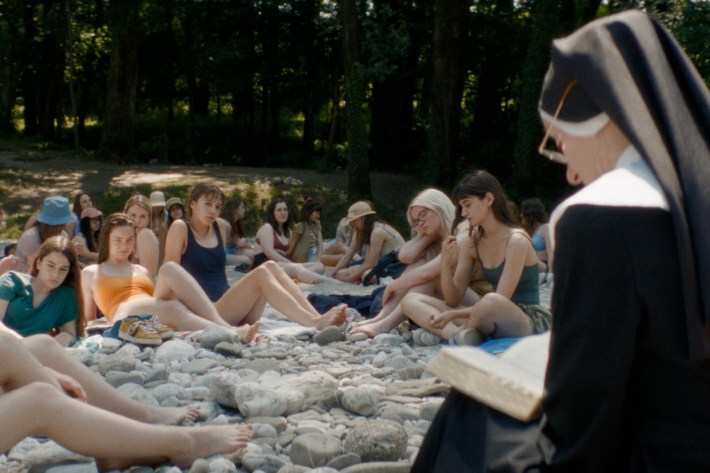
Is that a repression of voices, or a repression of sexuality?
I think they go together. Our voices are an integral part of the body, which is also then connected to our expression of sexuality. Because these rules of society, they really repress us. And I understand that there must be some rules when you grow up, but I think that we don't have the best education on sexuality. So everybody, especially women, feels a little lost when growing up. Even though a lot of men have come to me and told me that they felt the same when they were growing up. So it's not only a female experience.
I am basically here to tell you the same. As a bisexual man myself, I found that the film really nails that intangibleness and confusion that you feel around your sexuality. Was bisexuality always something you wanted to tackle with Little Trouble Girls?
Yes, in a way. It was always one of the topics, but mostly I was dealing with the concept of attraction. I feel that the concept of attraction is not always about sexual energy. It is about instinctively leading us where we need to go in life and where we need to learn something for our personal growth. It doesn't mean that you need sexual intercourse, but there's something there that attracts you. You go there because you need to find something there and it's not connected to men or women or whatever. It's a bigger thing.
A previous partner of mine said once, when discussing their own bisexuality, "I don't know if I want to be them or be in them" which I think is quite apt
[Laughs] That's exactly it.
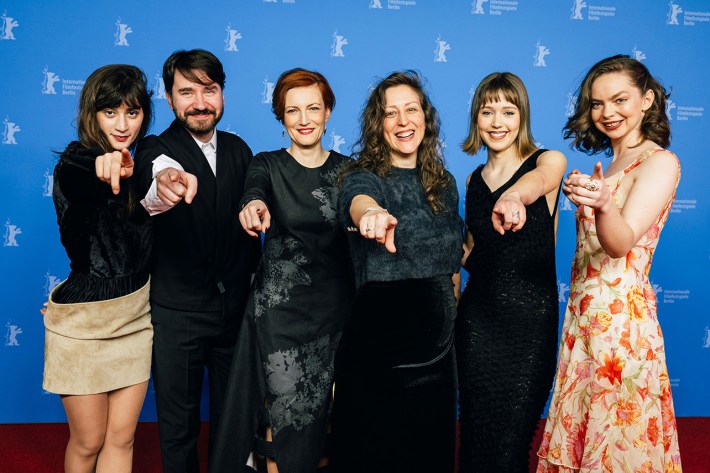
I'd love to know where the Sonic Youth song "Little Trouble Girl" fits into the grand picture.
When I found this song "Little Trouble Girl," I felt very understood. About how, when you're growing up, you have to pretend to be something to fit in the system. You have this wild nature inside yourself that you have to repress, and just when you start to understand that, you have this as a teenager, you're pretending to fit in. When I was growing up, it was so important that I stopped feeling guilty about myself at one point.
Can you talk through the image choices? The opening scene has a carpet that looks vaginal, and there are images throughout of flowers blooming. What prompted these decisions?
So, my process is very instinctual. I try to follow my body when it tells me that something is important, then I go and research there. I saw this image of Christ from the 14th century, which had a wound that actually looks like a vagina, which is kind of the origin of the world. So I started with this image. The flowers were not in the script, but I knew intuitively that I needed to shoot flowers because with flowers, you can see how the world is made. So I shot a lot of these flowers knowing that it would fit in the perfect place even if I didn't know yet where.
The film has some incredible use of sound, from the shouts echoing through the chapel to these angelic choir voices that makes you feel like you're floating. All of it is very emotionally evocative. Can you talk me through that process?
Yes, the sound was a very important part of the film. When I was writing the script, I was writing about what sounds were happening in that scene, in that moment.
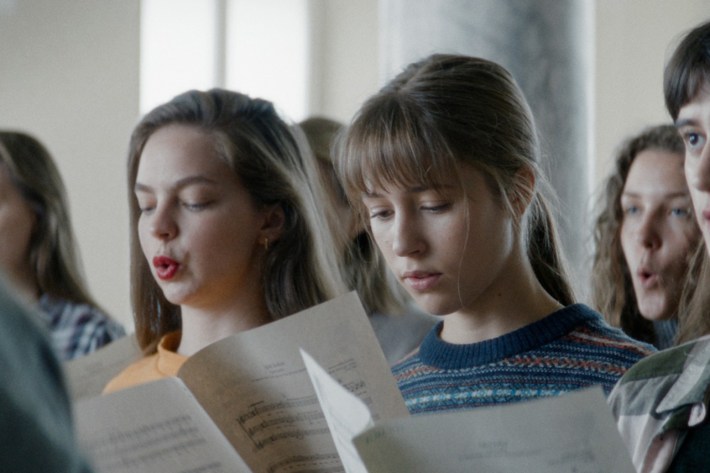
How much of the sound was achieved on set compared to how much of that was in post through Foley?
We shot the rehearsals and the singing scenes on set directly. It was very difficult for the sound engineers and everything to coordinate all the equipment but we got a good result, I think. My focus for Little Trouble Girls was on the human senses within the body so that the film is tactile, it's touch, it's about looking, and yes, sound especially. I believe sound is as important as the image. Sometimes, it is even more important. It has this beautiful vibration. For example, the ancient prayer that the sisters sing in a cave under the waterfall has such a strong vibration that when we were shooting all the people were like crying a little bit, you know? Even the strongest guys were filled with little tears, which was so touching.
What are you doing next?
Well, I just had a baby, so right now I'm into motherhood. But yes, I am already preparing a new project. It's happening in a male monastery and it's about a real story that happened in Slovenia in the Habsburg Empire in the 14th century which is where the first witch trial happened. It's a kind of forbidden love story but also very political at the same time with what is happening in the male monastery.
If you haven't already, consider supporting worker-owned media by subscribing to Pop Heist. We are ad-free and operating outside the algorithm, so all dollars go directly to paying the staff members and writers who make articles like this one possible.
